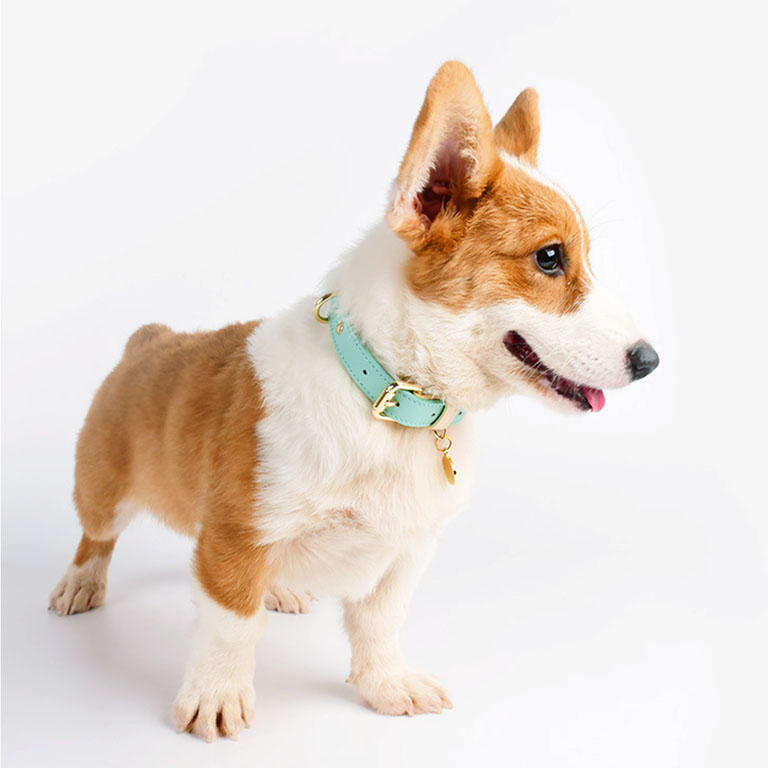How Tight Should a Dog Collar Be?
Ensuring that your dog’s collar fits correctly is crucial for their comfort and safety. A collar that’s too tight can cause discomfort or even injury, while a collar that’s too loose might slip off, rendering it ineffective for control or identification purposes. Here’s a comprehensive guide on how to achieve the perfect fit for your dog’s collar.
Measuring Your Dog’s Collar Size
- Use a Measuring Tape: Wrap a flexible tape measure around your dog’s neck, above the shoulder blades or about three to five inches below the jawline. If you don’t have a tape measure, you can use a piece of string and then measure the string with a ruler.
- Make the Loop Snug: Ensure the tape is snug but not too tight. Note the measurement.
- Add Inches: Add one to two inches to your dog’s neck measurement. This allows for a snug but comfortable fit.
- Use Their Current Collar: If your dog is fully grown, measure their current collar from the buckle to the sizing hole that is in use.
Ensuring the Correct Fit
The “two-finger rule” is a reliable method to check if a dog collar fits properly. Slip your two middle fingers between the collar and your dog’s neck:
- Snug Fit: If your fingers fit comfortably, the collar is correctly sized.
- Too Tight: If you struggle to fit your fingers under the collar, it’s too tight.
- Too Loose: If there’s no snug feeling at all, the collar is too loose.
Dog Collar Types and Their Uses
- Buckle Collar: The most common type, suitable for everyday use, equipped with a metal loop (O ring or D ring) for attaching leashes and ID tags.
- Martingale Collar: Also known as a greyhound collar, it tightens when the dog pulls but prevents choking, ideal for dogs that slip out of regular collars.
- Slip Collar: Lacks a clasp or buckle, instead forming a loop that tightens when pulled, often used for training purposes.
- Harness: Encircles the dog’s chest and torso, distributing pressure and preventing throat injuries, suitable for small breeds or dogs prone to neck issues.
- Head Collar: Fastens around the dog’s head, giving the owner better control by redirecting the dog’s head, useful for managing strong pullers.
Potential Risks of Incorrect Collar Fit
- Too Tight: Can cause skin irritation, difficulty breathing, and in severe cases, strangulation.
- Too Loose: Risks slipping off, which can be dangerous if your dog is outside or in unfamiliar surroundings.
Should a Dog Wear a Collar All Day?
While it’s essential for dogs to wear a collar when outside for identification and control, you can remove it at bedtime or if they sleep in a crate to prevent the D-ring or ID tags from catching on the crate’s metal parts. Always supervise dogs during playtime to avoid accidents where their collars could get snagged.
Conclusion
Finding the right collar fit for your dog ensures their safety, comfort, and security. By following the measurement guidelines and understanding the different types of collars, you can make an informed decision that best suits your dog’s needs. Always check the fit regularly, especially for growing puppies, to ensure their collar remains comfortable and effective.

